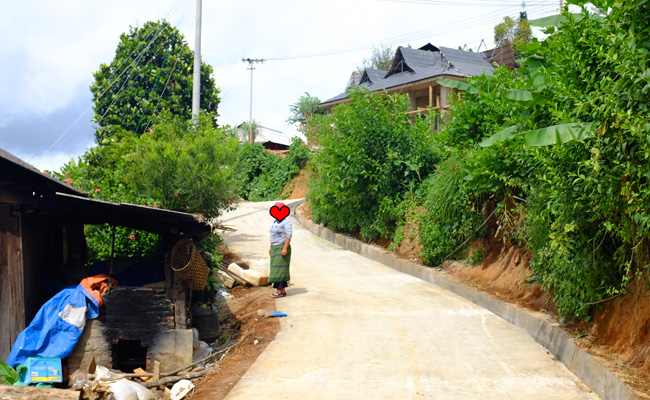Reflections on 2016 Autumn Puer Tea
The last leaves have been plucked and another autumn has come to a close. This fall lead to some further exploration of teas that have typically taken a back seat to my focus on raw Puer; namely white tea and some experimental blending of white tea and black tea together. This is also the year I’ve pressed and piled the most shou I’ve ever done. (a real lesson in patience) Despite those explorations, the bulk of my time was still spent drinking raw Puer and traveling around to various tea areas.

Fairly Stable Weather
Most of late September saw fairly even keel weather and quality conditions for tea growth and production. Scattered rains were nothing beyond the norm and there were plenty of sunny days. Only one or two teas that I had commissioned ended up with a cloudier than average soup, due to a bit of excess moisture during processing. In general, the teas produced this fall met or exceeded my expectations. Should be plenty of good tea coming out in the coming months. Oh yeah, and there was also plenty of mud.

New Blending Techniques
This fall was the birth of a new pressing that blends both white and black tea (baicha and hongcha) together into a single cake. It’s an idea that I’ve been toying with for a while and the blend finally felt right, so i commissioned the production of the teas, blended them, and waited for the pressing below. My favorite part of the blend was giving it to some Chinese friends (who are in the tea industry) and watching them turn up their noses at the idea before drinking the odd ball blend, only to immediately back peddle after taking the first sip. As is my usual m.o., the blend of teas is made from exclusively large leaf varietal that is typically destined for raw Puer production. All parts of the blend were sun dried and processed with the coming years in mind, so I’m really looking forward to how the blend ages.

Side note, the tea was gifted its name by Max Falkowitz who was visiting Yunnan for fall tea. When I brewed a cup for him, he immediately reacted with, “Smells like hot brandy!” I couldn’t pass up such a delightful name, especially given Wisconsinites propensity for drinking brandy. That, and when drinking it the name “Hot Brandy” just felt right. It took all of my restraint to not use a still from “What About Us” for the wrapper art.
New Roads and Infrastructure
Several villages that used to have pothole filled dirt roads received cement from the government to finish roads and in some cases even build houses and schools. Some villagers in Lancang area that I spoke to had to provide their own labor, but the local government provided the cement and most of the the equipment. This is a boon for the local people as it decreases their travel time and improves accessibility, as well as protects their roads from being washed out during rain storms. The villagers organized crews to build the roads and used the materials provided with great success. It’s a generalization, but it seems that Lancang’s government is better organized for supporting infrastructure projects than most. These changes also benefit yours truly, as it shaves hours off of driving times when visiting far flung villages.

It’s also encouraging to see villages getting quality of life improvements that will hopefully improve their local economies in the long term. This sort of investment is vital for the future of Yunnan. The downside is that there is a still a long way to go and it is a slow process.
Favorite Scene of the Season
This totem has stuck in my mind. There’s something about its presence in the forest that made it one of my favorite scenes from 2016 autumn. The structure was erected by Lahu people near a well spring where the villagers gather water. They explained that they see it as both an offering and protector. It shows that they are thankful for the water from the spring and that they hope the totem helps the water flow forever.

Thanks for reading and hope you enjoy the new fall teas as they trickle in over the next couple of weeks. If you’ve had a rough couple of days, take solace in a glass of tea and raise a toast, cause i am right there with you. Here’s to water, here’s to tea, and here’s to humanity. Flow on.

